Last month, I promised a report on my trip to Iceland. Did not expect that they would be waiting for an imminent volcanic eruption from an area we were just visiting!
![]()
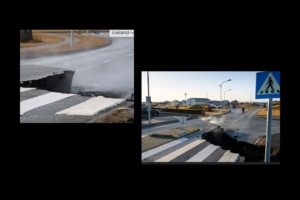
As of this post, one area has sunk and the other risen, and a crack three feet deep appeared in the road in a small southern fishing town near where weeks ago we were splashing around in the Blue Lagoon’s blissfully steamy waters. The heat rises from the volcanic activity beneath it—we just didn’t know how active!
After thousands of earthquakes, some of which were going on (unfelt) while we were there, the town is evacuated for the most part and no one knows exactly what will happen, which is nerve racking and not just for the humans. Our very wonderful guide says her dog’s name, Kivka, means magma. Kivka is very nervous and confused at having his name spoken regularly from the TV!
Iceland is the land of Fire and Ice, although the ice is melting fast. One glacier has completely disappeared, and others have dwindling significantly in the lifetimes of current inhabitants. This is not good news for the planet or for Iceland.
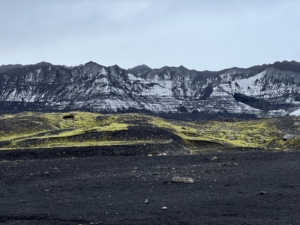
Glaciers threaded with volcanic ash
The flow of water is important to the country’s production of power (20% hydropower) and of course, their water supply. And 60% of heat is produced by pipes (insulated with spun rock), carrying water heated by geothermal energy. Geothermal energy is abundant (see paragraph one). In fact, we ate bread in one area cooked underground.
![]() Unique technology returns carbon dioxide produced by the power plant back into the earth where if eventually turns into stone.
Unique technology returns carbon dioxide produced by the power plant back into the earth where if eventually turns into stone.
Most of the homes are heated by water heated naturally under the earth. Swimming pools, as well. Where people in the US might go to a bar or the gym to relax after work, heated pools are the thing in Iceland. Along our travels, I visited a heated outdoor swimming pool with four additional smaller pools, three heated to different levels, and one ice pool. (I did all but the ice pool.) A surreal experience, as it was simultaneously snowing.
I knew the Vikings named Iceland and Greenland (the truly frigid island north of Iceland) to keep Iceland free of tourists or invaders, but I was startled by the beautiful colors and pastureland. Actually, my first startle was the alien landscape that greeted us on the way from the airport to the capital city, Reykjvik. (I still have to look up the spelling but can now spit out the pronunciation.)
The natural beauty of this land is stunning.

Iceland sits on the conjunction of two plates, the Eurasian and North American plates and on top of a “hot spot” called the Icelandic plume, a swelling of hot rock deep underground, possibly between the earth’s core and its mantle. Basically, the entire island is hardened black lava. In some places, only moss grows on the rock with an occasion mass of low blueberries (crimson in October) and a yellowing shrub flower I never figured out. In other places, enough moss has grown and died to create soil, although the lava itself is poor in nutrients (unlike in other parts of the world with volcanic activity). In those places grass grows, supporting the herds of sheep and small Icelandic horses (don’t dare call them “ponies”).
The Icelandic horse is a descendent of ponies brought from the early Norse settlers. They are a passion of the Icelandic people. Our guide owned a horse farm of forty! Tough, double thick haired to weather the winter, they are the only horse in Iceland. Imports are not allowed to protect them the horses from diseases, and once an Icelandic horse has left the country, they are not allowed back. All foals must have a “proper” Icelandic name and be approved by a naming council.
I had the wonderful experience of riding one (whose name also happened to be Kivka). They have five gaits, one of which, the tölt, is a four-beat gait like a Tennesse Walking Horse’s run walk. You could indeed drink a fine whiskey at this gait without spilling a drop (unless you drank a lot of fine whiskey). Pictured below is myself on Kivka, wind blowing, hands freezing, and rain in my face, along with a gob-smacked smile that did not stop the entire two hours.
Video not uploading, so check it out on my FB Page:
Food was delicious and … interesting. The former included a lot of fish. The latter (the “interesting”) category included traditional hákarl, fermented shark meat. It’s poisonous until it rots for about four months, during which time it gives off a strong (and I mean strong) ammonia smell. Having read a fascinating novel about a neurodiverse man who carries on the family tradition of hunting and preparing hákarl (Kalmann by Joachim B. Schmit), I braved a taste and was grateful for the shot of local spirit afterward (also traditional). I can honestly say that was a once in a lifetime experiment.
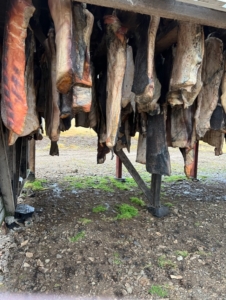
There was other excitement, like being blown several feet in a winter storm, amazing waterfalls, a crazy jeep ride along a black lava beach, and ice glaciers swirled with volcanic dust. In the middle of everything came the horrors of October 7, 2023. We had been asked not to talk politics, but the Jewish among us clung together, trying to process what we were hearing. Being so far from home made it surreal or maybe it was the stunning details that trickled in. Now, from home, we watch the war unfolding, always hoping something better will come from this pain for so many, yet afraid it is but another cycle, like Iceland’s continuous dance with death from fire.
I meant for this to be an upbeat travel piece, but it would be less than honest not to include this, as I will always remember where I was on that date. I will also always remember the non-Jewish person who broke the “rules” to offer her pain for my pain and the pain of the Jewish people. She didn’t really know me, and reaching out was a risk. Her small act of humanity eased me in a way I can’t explain. I hope it will inspire someone to reach out, even when unsure what to say. It does make a difference.

T.K. Thorne writes about what moves her, following a flight path of curiosity, reflection, and imagination.
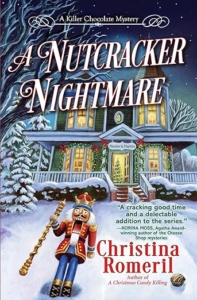
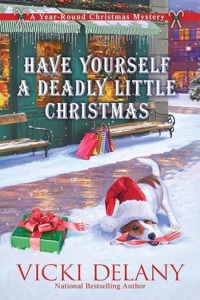 Have Yourself a Deadly Little Christmas, by Vicki Delany (Crooked Lane, 2023). This is the sixth book in the Year-Round Christmas Mystery Series. If you’ve never read one of them, now’s the time. Charming, fun, and fast-paced, this series is one of my favorites when the season arrives. It takes place in Rudolph, New York, known as America’s Christmas Town, and protagonist Merry Wilkinson owns Mrs. Claus’s Treasures, a local gift shop.
Have Yourself a Deadly Little Christmas, by Vicki Delany (Crooked Lane, 2023). This is the sixth book in the Year-Round Christmas Mystery Series. If you’ve never read one of them, now’s the time. Charming, fun, and fast-paced, this series is one of my favorites when the season arrives. It takes place in Rudolph, New York, known as America’s Christmas Town, and protagonist Merry Wilkinson owns Mrs. Claus’s Treasures, a local gift shop.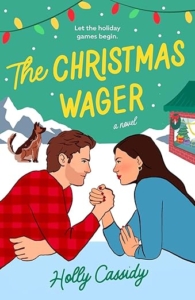 A Christmas Wager, by Holly Cassidy (Putnam, 2023). Is there a better time to pick up a rom com than Christmas? My answer is no. This book is an enemies-to-lovers delight that takes place in a cozy Colorado mountain town. Take a small-town boy and pit him against a corporate city girl and the sparks fly.
A Christmas Wager, by Holly Cassidy (Putnam, 2023). Is there a better time to pick up a rom com than Christmas? My answer is no. This book is an enemies-to-lovers delight that takes place in a cozy Colorado mountain town. Take a small-town boy and pit him against a corporate city girl and the sparks fly. 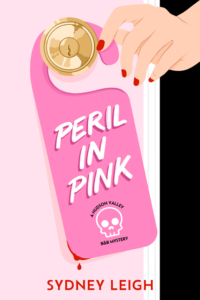 Sydney Leigh ran a seasonal business for several years, working in the summer so she could spend cold months in cool places. Now she writes modern cozy mysteries and thinks about murder. She is a member of Sisters in Crime, International Thriller Writers, and served on the Board of Crime Writers of Canada from 2018-2021. A Peril in Pink (Crooked Lane) comes out in March, 2024.
Sydney Leigh ran a seasonal business for several years, working in the summer so she could spend cold months in cool places. Now she writes modern cozy mysteries and thinks about murder. She is a member of Sisters in Crime, International Thriller Writers, and served on the Board of Crime Writers of Canada from 2018-2021. A Peril in Pink (Crooked Lane) comes out in March, 2024.

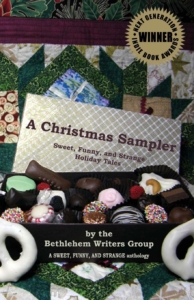




 By Lois Winston
By Lois Winston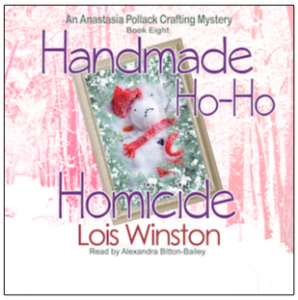

 There are lots of things to love about November. Cool, crisp mornings. Warm, cuddly clothes. A lovely fire in the hearth. And hints of cinnamon spice everywhere.
There are lots of things to love about November. Cool, crisp mornings. Warm, cuddly clothes. A lovely fire in the hearth. And hints of cinnamon spice everywhere.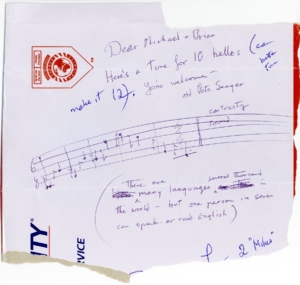
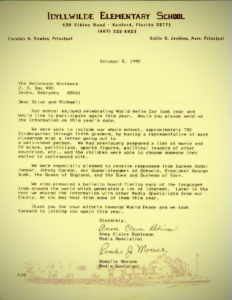 How to Celebrate
How to Celebrate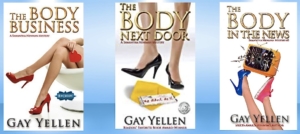
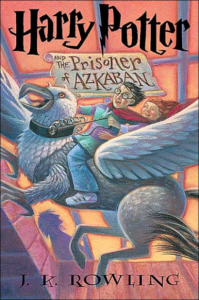
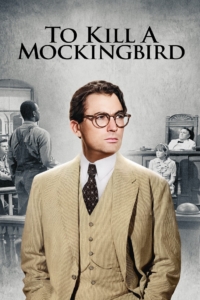

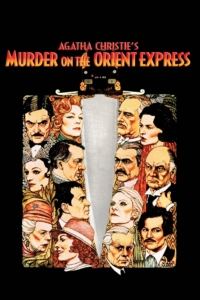
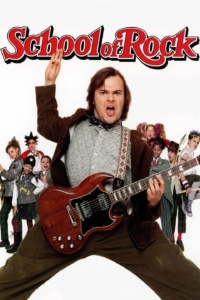

 Yes and no.
Yes and no.
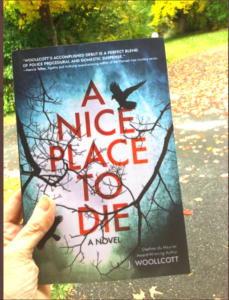
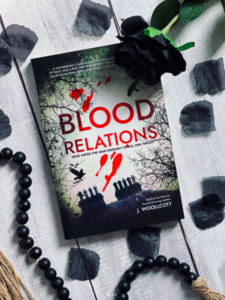 Belfast, Northern Ireland: early spring 2017. Retired Chief Inspector Patrick Mullan is found brutally murdered in his bed. Detective Sergeant Ryan McBride and his partner Detective Sergeant Billy Lamont are called to his desolate country home to investigate. In their inquiry, they discover a man whose career with the Police Service of Northern Ireland was overshadowed by violence and corruption. Is the killer someone from Mullan’s past, or his present?
Belfast, Northern Ireland: early spring 2017. Retired Chief Inspector Patrick Mullan is found brutally murdered in his bed. Detective Sergeant Ryan McBride and his partner Detective Sergeant Billy Lamont are called to his desolate country home to investigate. In their inquiry, they discover a man whose career with the Police Service of Northern Ireland was overshadowed by violence and corruption. Is the killer someone from Mullan’s past, or his present?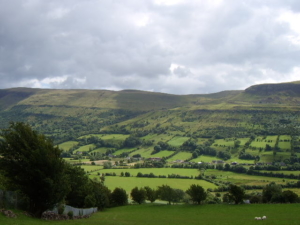
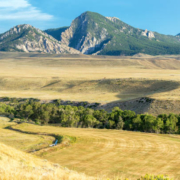

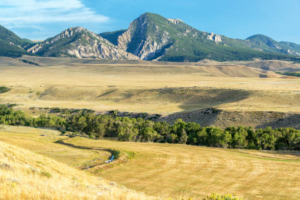
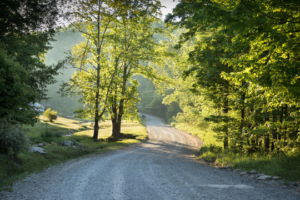
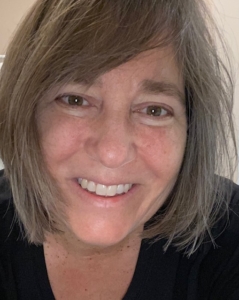
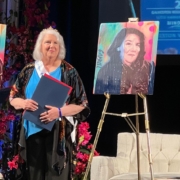

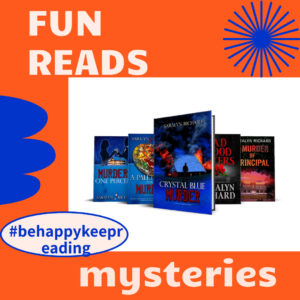
 By Donnell Ann Bell
By Donnell Ann Bell
